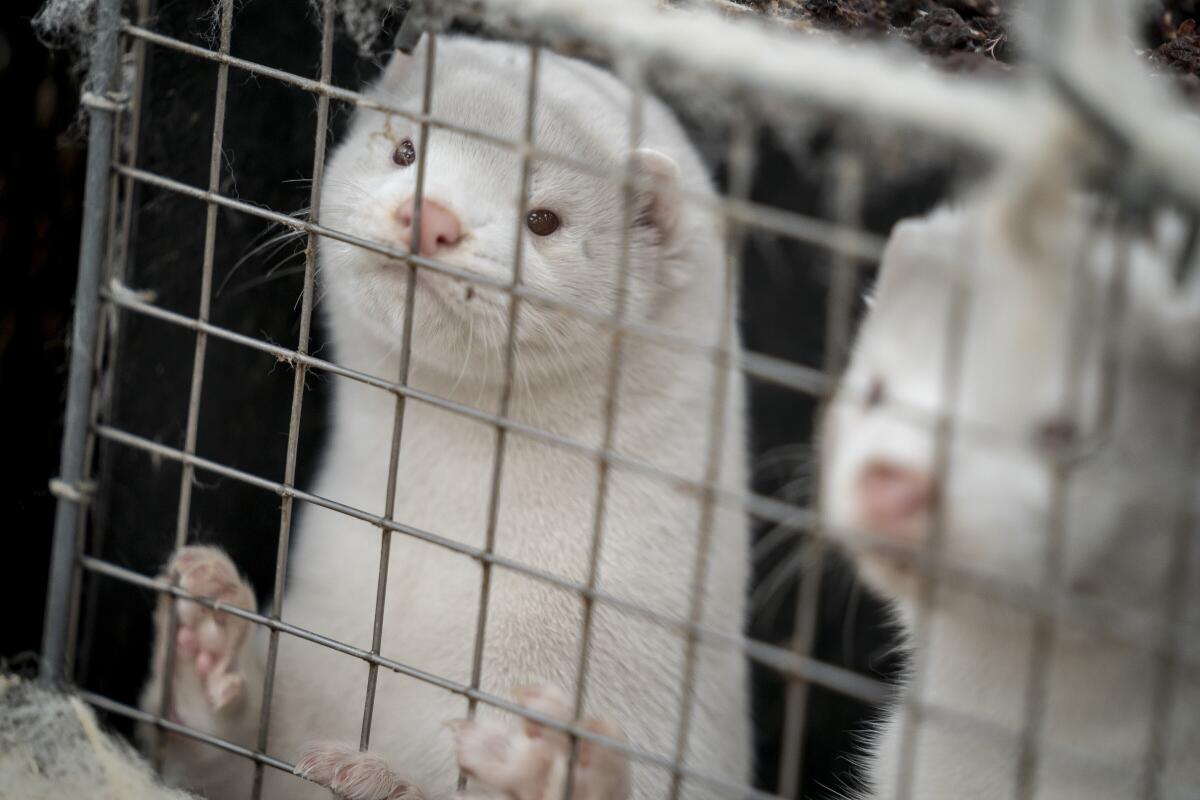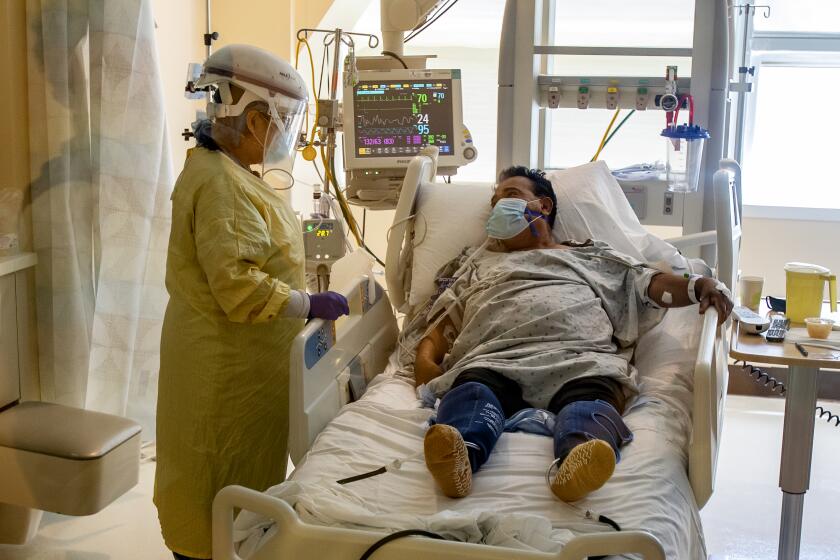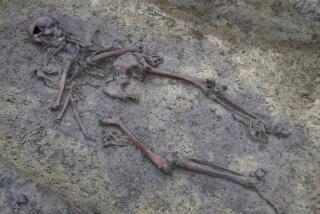Culled mink rise from their shallow graves in Denmark

COPENHAGEN, Denmark — Some of the thousands of mink culled to minimize the risk of them retransmitting the new coronavirus to humans have risen from their shallow graves in western Denmark after gases built up inside the bodies, Danish authorities said Thursday.
“The gases cause the animals to expand and in the worst cases, the mink get pushed out of the ground,” Jannike Elmegaard of the Danish Veterinary and Food Administration said. He said it affected “a few hundred” animals.
The mink are buried in trenches that are 8.25 feet deep and 10 feet wide. A first layer of about 1 meter of dead mink are then covered with chalk before another layer of animals is laid, covered again with chalk and then with dirt, Elmegaard told the Associated Press.
But because the soil where they are buried is sandy, some have reemerged. “We assume it is the mink that were in the upper layer that pop up,” he added calling it “a natural process.”
“Had the earth been more clayish, then it would have been heavier and the mink would not have resurfaced,” he told the AP. The animals who resurface are reburied elsewhere, and authorities guard the site to keep away foxes and birds.
The more cases that are reported, the more deaths we would expect to see, right? The answer is both yes and no, experts said.
Denmark culled thousands of mink in the northern part of the country after 11 people were sickened by a mutated version of the coronavirus that had been observed among the animals.
Earlier this month, the Social Democratic minority government got a majority in parliament to back its decision to cull all of Denmark’s roughly 15 million mink, including healthy ones outside the northern part of the country where infections have been found. The proposed law also bans mink farming until the end of 2021.
The government had announced the cull despite not having the right to order the killing of healthy animals, an embarrassing misstep that caused it to scramble to build political consensus for a new law.
The coronavirus evolves constantly as it replicates, but to date, none of the identified mutations has changed anything about COVID-19’s transmissibility or lethality.
More to Read
Sign up for Essential California
The most important California stories and recommendations in your inbox every morning.
You may occasionally receive promotional content from the Los Angeles Times.










